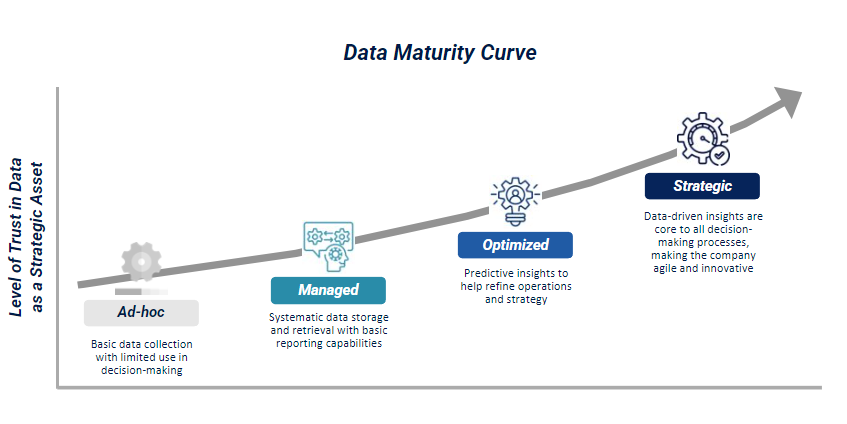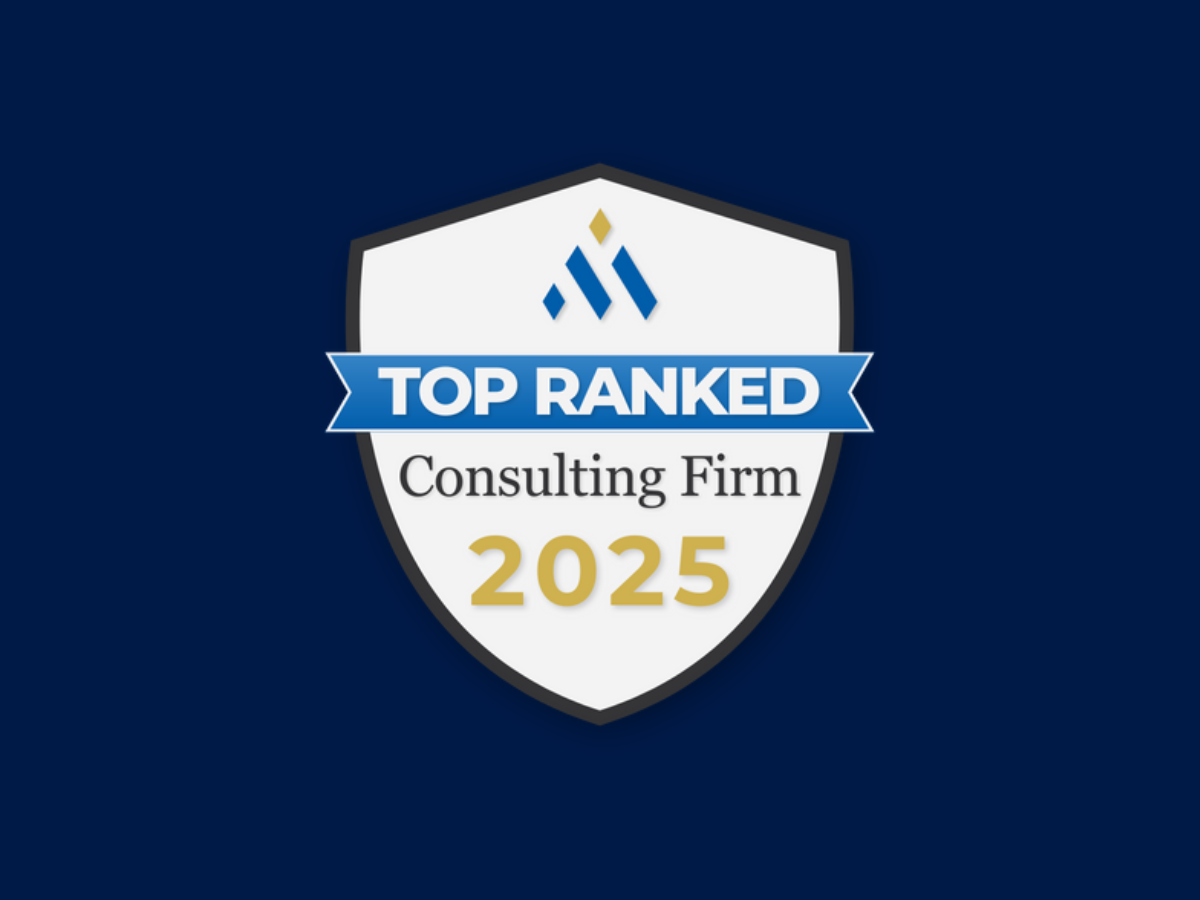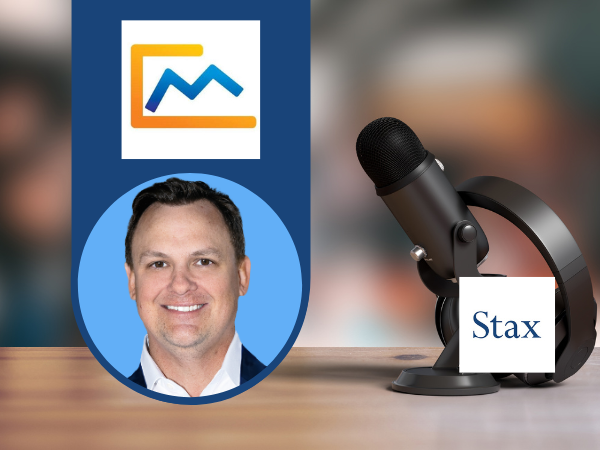Share
As part of an ongoing series, Asiri Silva and Iranga Mendis discuss how businesses with mature data practices are shifting from reactive decision-making to proactive, predictive strategies — resulting in better customer targeting, more effective marketing, and optimized operations. Over the course of this series, we explore how Stax works with companies to build the data frameworks and cultural shifts while enhancing decision-making and unlocking new growth avenues.
What Isn’t Measured Can’t Be Managed
When management teams lack timely, quality data, these leaders are often left making decisions based on instinct rather than solid evidence. This happens more often than you might think—businesses relying on “gut feel,” struggling to find reliable data to solve real commercial challenges or working with incomplete data that doesn’t connect the dots. If your team is grappling with differing perspectives, worrying about data quality, or searching for the right data to make confident decisions, it may be time to prioritize data maturity.
Why Unlocking Your Data Matters
Data is your greatest asset. Information on customer behavior, competitor pricing, top-selling products, seasonal trends, and effective marketing campaigns provide valuable insights for daily operations. Imagine not being able to link marketing spend directly to product sales—how would you justify the spending without clear evidence? Connecting different data views to form a complete picture of your business is essential for unlocking the full potential of your data.
Data maturity is a journey that starts with isolated, reactive data use and progresses through more managed and optimized stages to become fully strategic. Early on, companies manage data in separate pockets. As they mature, however, data flows across departments and becomes central to key business decisions.

As organizations reach the strategic stage of data maturity, they experience transformative benefits by embedding data insights across functions. Stax has helped many companies move from isolated data practices to making data a core asset—enabling proactive, evidence-based decisions that drive growth.
Building Blocks for Data Maturity
Data maturity is a journey of continuous improvement. Companies with strong data maturity excel in four key areas:
1. Identifying high-impact data opportunities
Many businesses recognize they could get more from their data but figuring out where to start can feel daunting. The key is to focus on high-impact areas—identifying specific data use cases that address the biggest business challenges. It's about quality, not quantity.
Begin by selecting a few high-impact use cases, focusing on where they can create the most value. Consider the required data, how success will be measured, who will benefit, and how it will support better decisions.
2. Build a single source of truth
Reliable and easy access to data is essential. Many mid-market companies use multiple data systems, adopted over time, to store information such as CRM, inventory, orders, and customer data. Often, these systems are not integrated and may contain conflicting information, making it difficult to build a complete picture of performance. Since each system was adopted at different times, each one likely has its own "champion" with different definitions for data quality standards.
To create a unified view of the business, it’s crucial to centralize the data, resolve conflicts, and establish consistent data quality standards. This unified source becomes the go-to for answering all business questions and the single source of truth.
3. Establishing a data governance process
The first step is to identify and close major data gaps, which often involves a focus on data quality and governance – key factors in driving performance gains. Transitioning to a data-first approach also brings challenges like privacy concerns, legacy system integration, and talent needs. As companies mature, a strong data governance framework is essential for ethical management and regulatory compliance.
4. Cultural Transformation to a Data-First Mindset
Building data maturity requires placing the right people in key roles and fostering a culture of data accountability from the top down. Data strategy and analytics should be closely aligned with decision-makers, including adding analytics expertise to leadership.
A data-first culture isn’t just about technology. It’s about embedding data literacy across departments and encouraging decisions based on data rather than intuition. Training programs and workshops can help make data-driven thinking the norm.
Consider:
- What are a few areas in my business where having solid data would lead to better decisions?
- How could these better decisions benefit me; like increasing revenue, improving margins, or using resources more effectively?
Consider:
- What are a few areas in my business where having solid data would lead to better decisions?
- How could these better decisions benefit me; like increasing revenue, improving margins, or using resources more effectively?
Consider:
- What governance policies are essential to our data strategy?
- How can we address skill gaps in our workplace to support our data goals?
Consider:
- Who leads your data and analytics strategy, and does their role cover both commercial and technical aspects?
- How many employees repeat the same analysis monthly, and could training or tools improve their efficiency?
Driving Lasting Value with Data Maturity
Data maturity enables companies to make transformative business changes, shifting from reactive to proactive, and ultimately to predictive decision-making. To fully unlock the value of a data-first approach, organizations must build a strong foundation in data practices, foster a data-driven culture, and invest in continuous innovation. Embracing data as a core asset leads to more informed strategies, optimized operations, and a sustained competitive edge.
Discover how Stax's advanced analytics can elevate your data maturity and unlock the full potential of your data. Visit our Data & Analytics page or contact us directly to learn more








